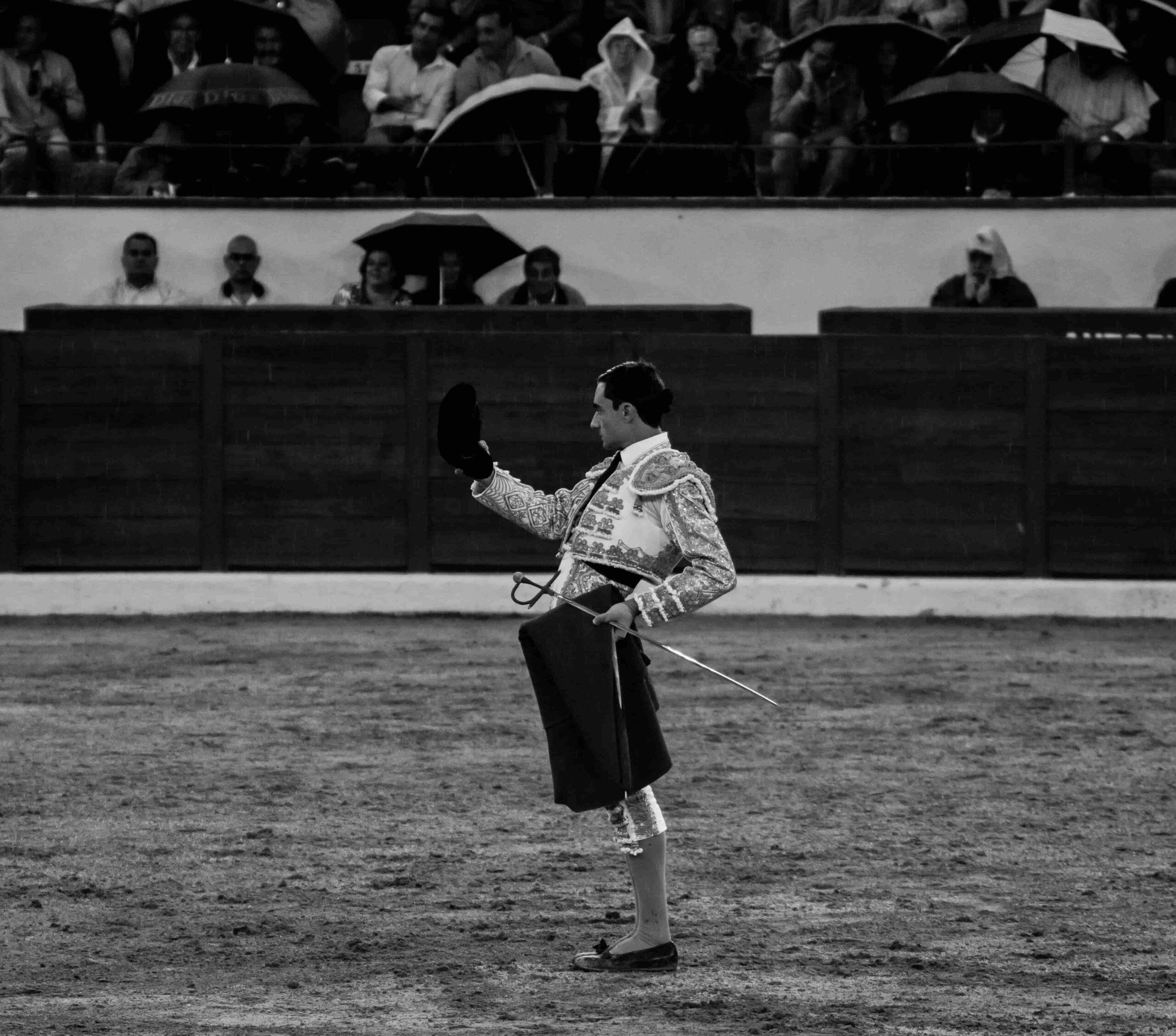Bullfighting, a spectacle that has captivated audiences for centuries, has deep roots in the cultural traditions of Spain and other parts of the world. Often hailed as an art form, it has also been the subject of vehement criticism due to its perceived cruelty towards animals. In this article, we will explore the rich history of bullfighting, its cultural significance, and the ethical dilemmas surrounding this controversial sport.
The Origins of Bullfighting:
Bullfighting can trace its roots back thousands of years. Its origins are intertwined with ancient Minoan, Roman, and Carthaginian rituals, where the sacrifice of a bull symbolized the renewal of life and fertility. The modern form of bullfighting, as we know it today, emerged in the 18th century in Spain, particularly in the region of Andalusia.
Cultural Significance:
Bullfighting holds a significant place in Spanish culture, with its influence extending to various aspects of art, literature, and folklore. Many consider it an art form, a dance between the matador and the bull, symbolizing the struggle between man and nature. The intricate choreography, colorful costumes, and the pageantry surrounding the event contribute to its unique appeal.
The Structure of a Bullfight:
A traditional bullfight consists of three parts, or “tercios,” each involving different aspects of the spectacle. In the first tercio, the matador observes the bull’s behavior, and picadors on horseback weaken the bull by lancing its neck muscles. The second tercio involves banderilleros, who place barbed sticks decorated with colorful ribbons into the bull’s shoulders. Finally, in the third tercio, the matador engages in a one-on-one battle with the bull, attempting to deliver a fatal sword thrust.
Explore thrilling sports content! From live updates to expert analyses Bullfighting and Bungee jumping, our platform delivers the latest on your favorite games and athletes
Criticism and Animal Welfare Concerns:
Despite its cultural significance, bullfighting has faced intense criticism from animal rights activists and organizations worldwide. The main source of contention lies in the perceived cruelty towards the bulls involved in the spectacle. Critics argue that the animals experience unnecessary suffering, both physically and psychologically, as they face injury and death in the arena.
In recent years, several countries and regions have implemented bans or restrictions on bullfighting. Catalonia, for example, banned bullfighting in 2010, citing animal welfare concerns. Other regions in Spain have also witnessed a decline in the popularity of bullfighting, with changing societal attitudes towards the treatment of animals.
Defenders of Bullfighting:
On the opposing side, advocates of bullfighting argue that it is a crucial part of their cultural heritage and should be preserved. They emphasize the artistry, tradition, and the intricate skill required by the matadors. Some view bullfighting as a form of expression, a dance that symbolizes the complex relationship between humans and nature.
Additionally, proponents contend that many bulls used in the arena are specifically bred for this purpose and live a comfortable life in open pastures before entering the ring. They argue that, if properly regulated, bullfighting can coexist with animal welfare considerations.
Evolution and Adaptation:
In response to growing criticism, some bullfighting events have evolved to address animal welfare concerns. For instance, bloodless bullfights have become more common, where the bull is not killed in the arena. Instead, the matador symbolically “kills” the bull with a sword that has been blunted or modified to prevent harm.
These adaptations attempt to strike a balance between preserving cultural traditions and addressing ethical concerns. However, they often face criticism from traditionalists who argue that altering the fundamental nature of bullfighting dilutes its cultural significance.
International Perspectives:
The controversy surrounding bullfighting extends beyond Spain, with varying perspectives on the sport across different countries and cultures. While some Latin American countries have embraced bullfighting as part of their cultural heritage, others, like Mexico City, have implemented bans or restrictions.
In contrast, many European countries, including Portugal and France, have their own variations of bullfighting. In Portuguese-style bullfighting, the bull is not killed in the arena, and the emphasis is on the horsemanship of the cavaleiros (horsemen) and the agility of the forcados (a group of young men who face the bull on foot).
Conclusion:
Bullfighting remains a complex and controversial spectacle, deeply rooted in the cultural traditions of some regions while facing vehement opposition in others. The clash between preserving cultural heritage and addressing ethical concerns continues to shape the future of bullfighting.
As societal attitudes towards animal welfare evolve, the sport has adapted to accommodate changing perspectives. Whether these adaptations will be enough to secure the future of bullfighting or if it will continue to face increasing scrutiny and restrictions remains uncertain. Ultimately, the debate surrounding bullfighting reflects broader discussions about the intersection of cultural traditions, ethics, and the treatment of animals in the modern world.
Top of Form



